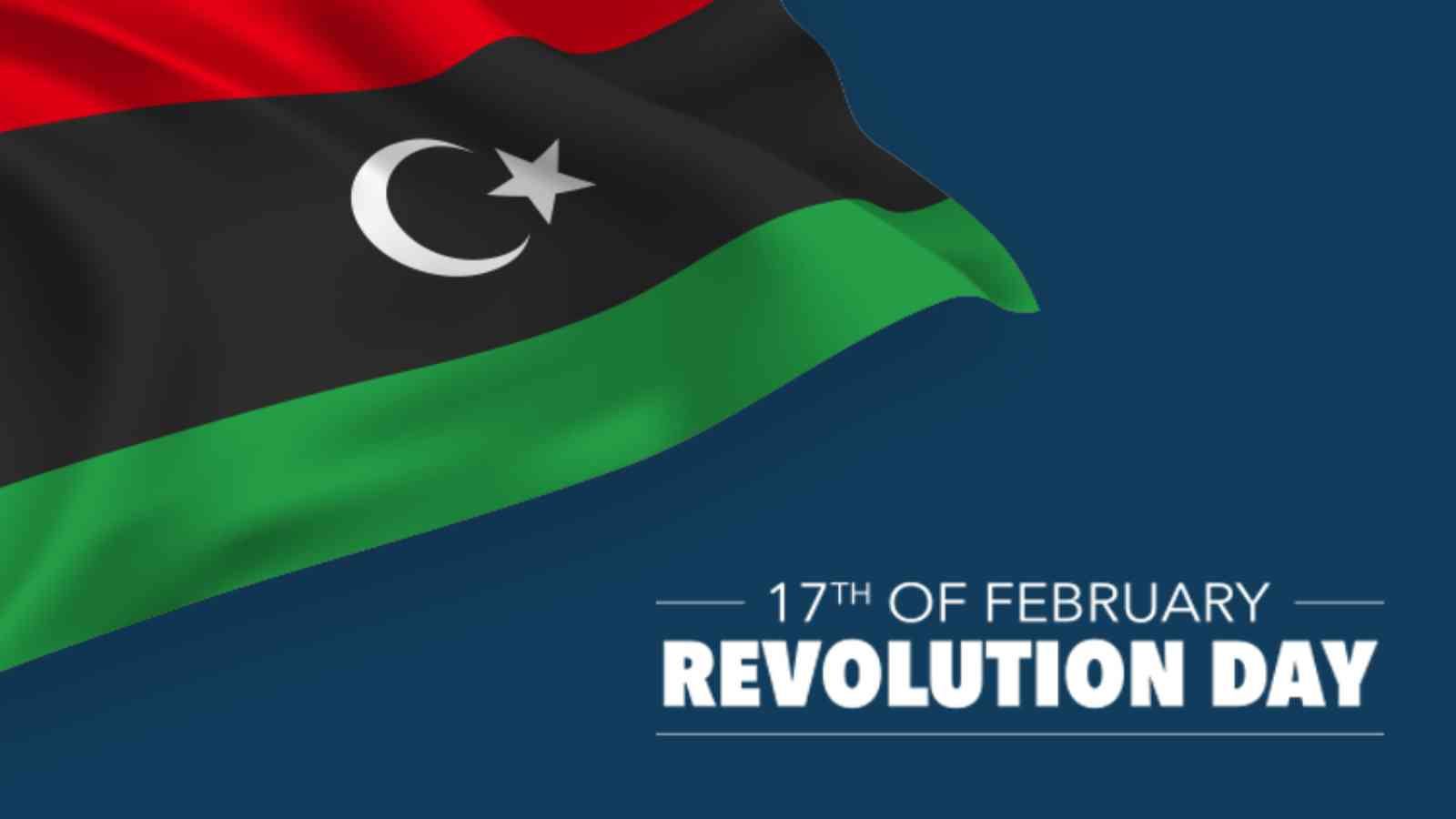Libyan Revolution Day, celebrated yearly on February 17, is an important national festival commemorating the 2011 insurrection against the Libyan dictator and revolutionary Colonel Muammar Gaddafi, culminating in the end of a 42-year tyrannical regime. After King Idris was deposed by a military coup in September 1969, the leadership throne was corrupt, associated to terrorism, horrendous human rights violations, and military intervention. The revolutionist was overthrown on February 17, 2011, an unforgettable day that claimed the lives of hundreds of thousands of people, including children, and displaced millions more. He was the leader with the longest tenure in Africa and the Arab world.
HISTORY OF LIBYAN REVOLUTION DAY
Muammar Muhammad Abu Minyar al-Gaddafi, born in 1942 in Libya and dubbed “king of monarchs” of Africa, emerged from poor beginnings. In 1965, he graduated from Benghazi’s Royal Military Academy. In September 1969, at the age of 27, Muammar Gaddafi overthrew King Idris in a “coup d’état.”
Gaddafi portrayed the ideal image of a natural-born saviour: striking looks, fashion choices, a far cry from demure, and a head full of ideas (including relentlessly pushing for the “United States of Africa” – he felt that this was the only way Africa could flourish without western influence). Islamic modernism Gaddafi espoused “Islamic socialism.”
His government was rumoured to have supported terrorist groups worldwide, including the Black Panthers, leading to the commission of horrific murders. The international community was concerned about Muammar Gaddafi’s actions, resulting in severed ties, but he remained unfazed. Libya was sanctioned by the United Nations for its role in the 1988 Pan Am Flight 103 bombing over Scotland, which resulted in the deaths of 270 people and further strained relations.
His government was already on precarious ground by February of 2011. Protesters in Libya’s eastern city of Benghazi clashed with police and al-Gaddafi supporters on February 15, outraged by the detention of a human rights activist and inspired by the Arab Spring revolt (2010), which saw the removal of corrupt governments in the Arab world. This marked the beginning of the civil war in the country. On February 17, 2011, a brutal armed insurrection overthrew Gaddafi. It was given the moniker “Day of Rage.”
As opposition forces began to consolidate their control over the country, Muammar Gaddafi retreated into hiding. A $1.7 million reward was offered for his capture, whether he was dead or alive. After hiding for months in buildings, Gaddafi (69) was killed in his hometown of Sirte, Libya, on October 20, 2011.
February 17th Revolution: Date, History, Facts about Libya
Five essential facts about the Libyan Revolution
Gaddafi, aged 69, was the first leader to be assassinated during the Arab Spring, a period of widespread revolt across the Arab world.
The First Libyan Civil War begins on February 15, 2011, sparked by government-aligned killings.
During the civil war, hundreds of thousands of people were killed and millions were uprooted from their homes.
Gaddafi, dragged from a concrete sewer while asking for mercy, yelled, “Don’t shoot, don’t shoot!” according to one liberationist.
Prior to the discovery of oil in the 1950s, Libya was one of the world’s poorest nations. However, the country’s 48.36 billion barrels of oil reserves now place it among the most rich nations.
LIBYAN REVOLUTION DAY DATES
| Year | Date | Day |
|---|---|---|
| 2023 | February 17 | Friday |
| 2024 | February 17 | Saturday |
| 2025 | February 17 | Monday |
| 2026 | February 17 | Tuesday |
| 2027 | February 17 | Wednesday |



